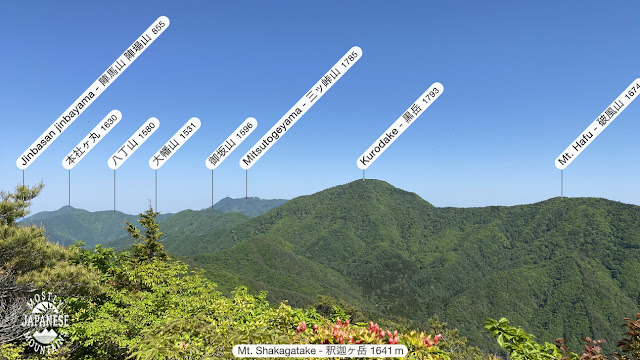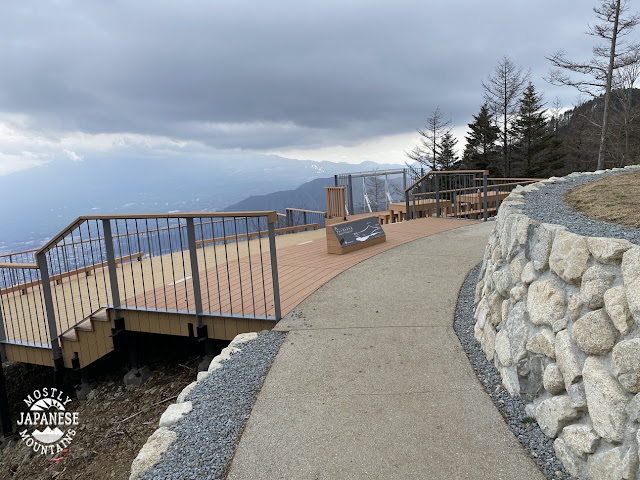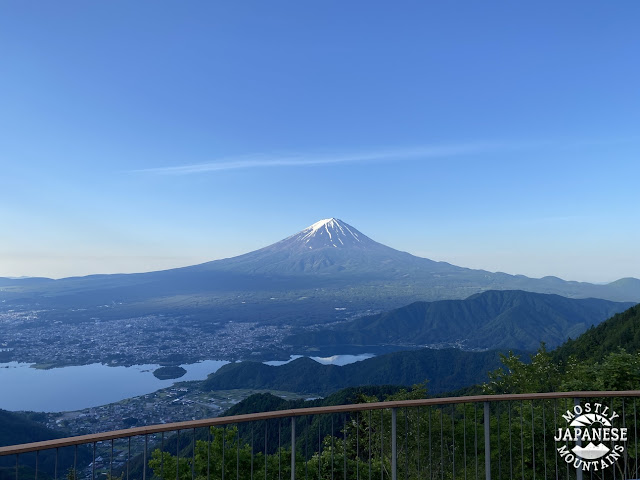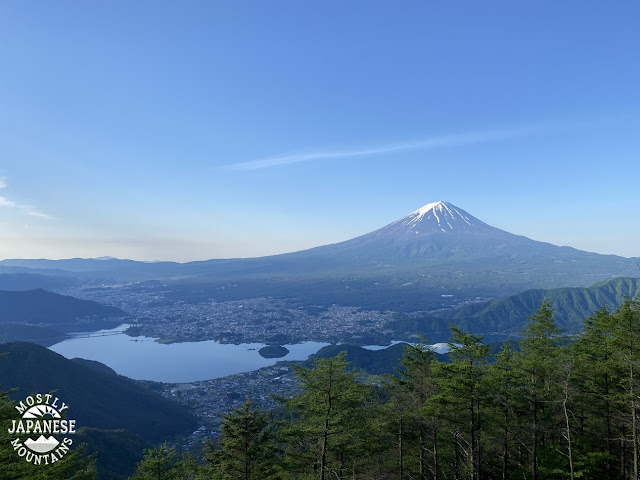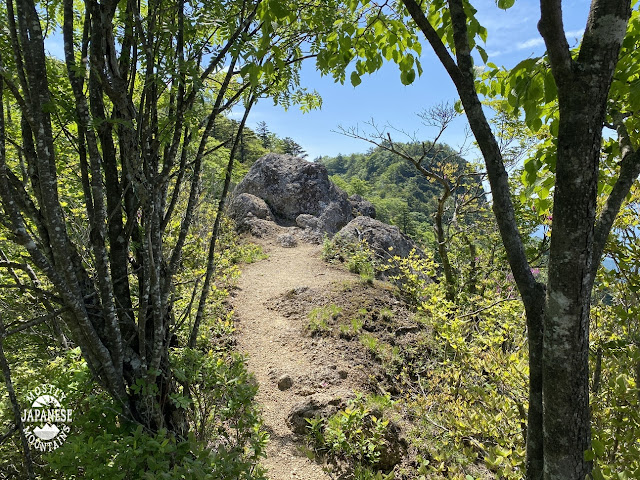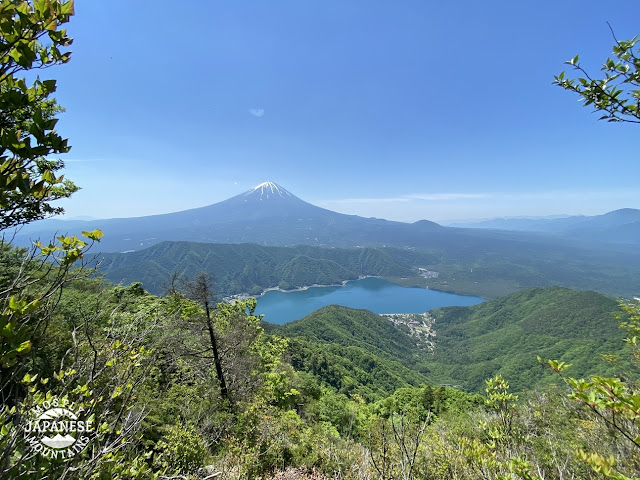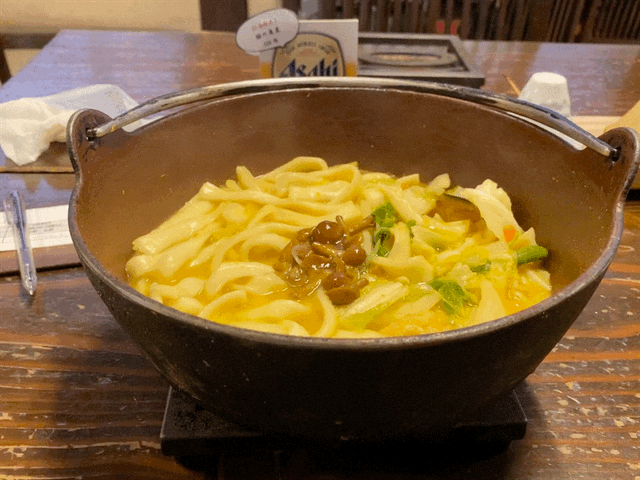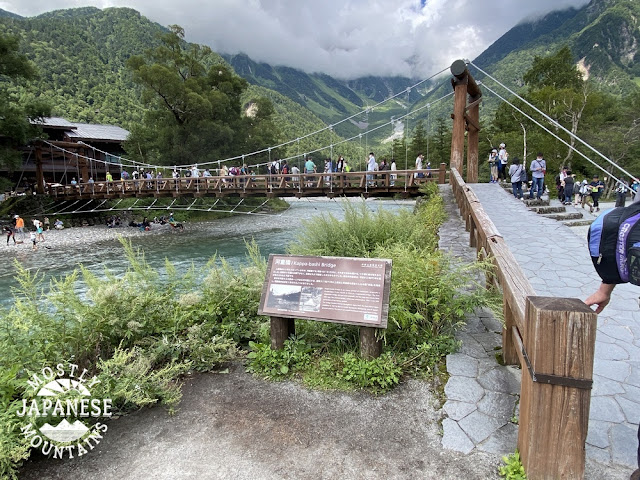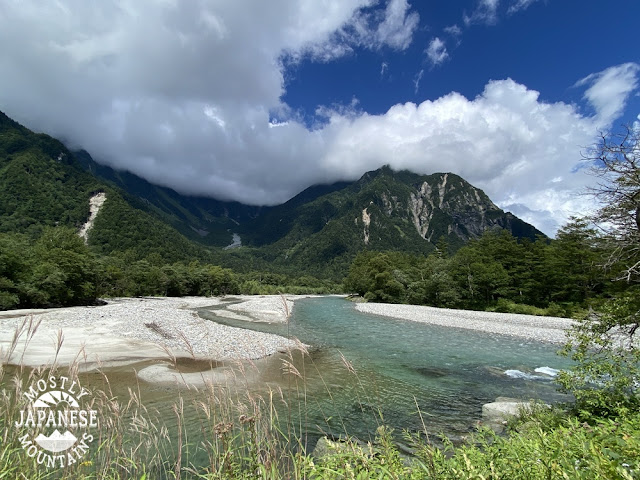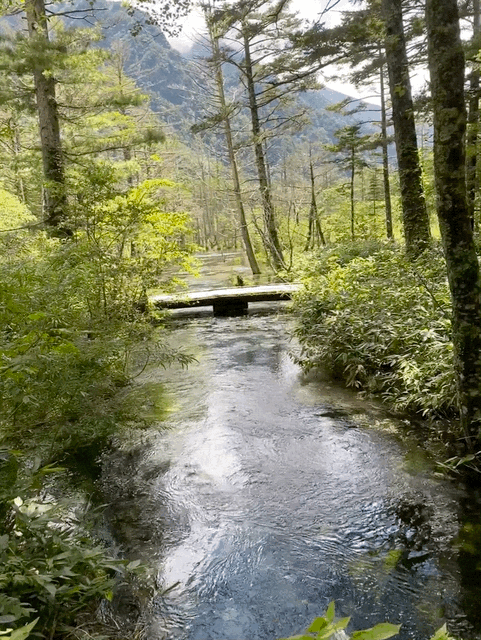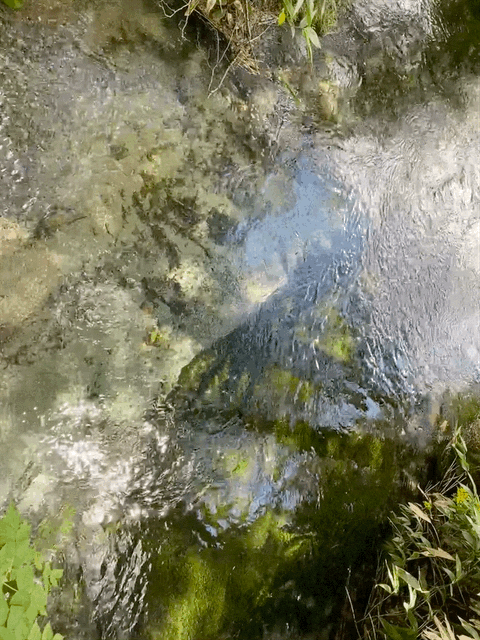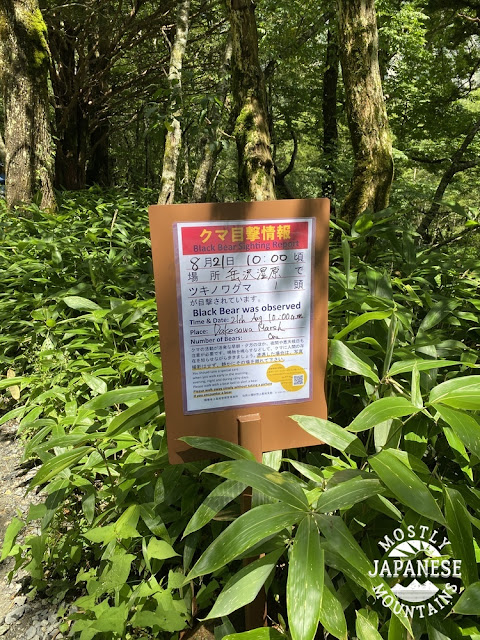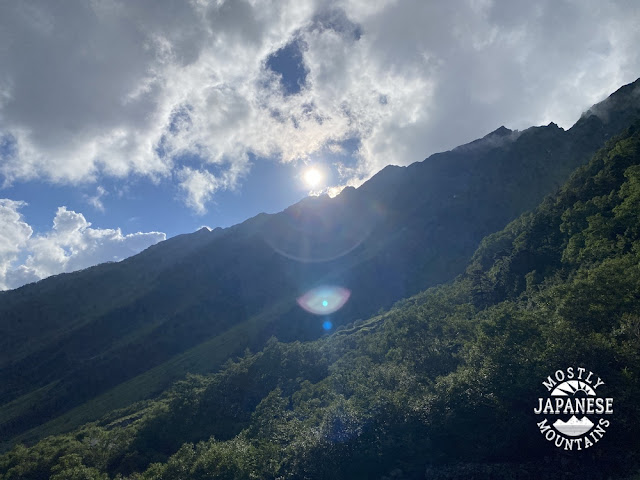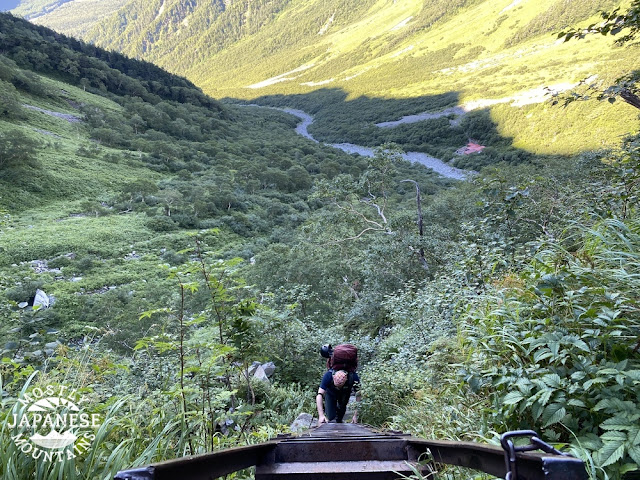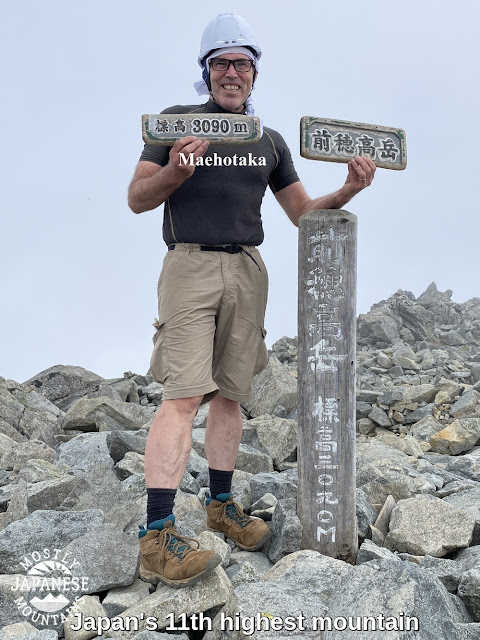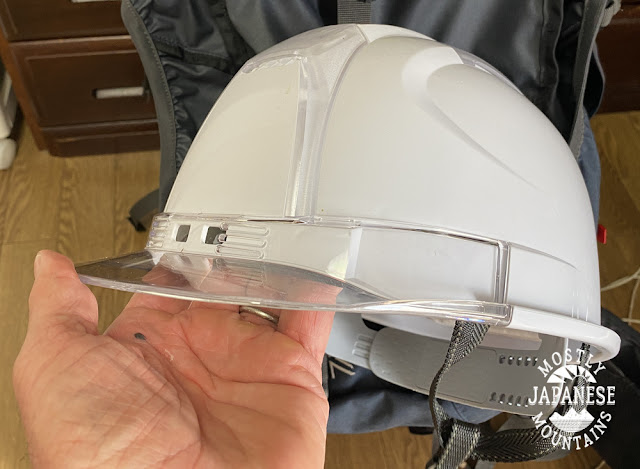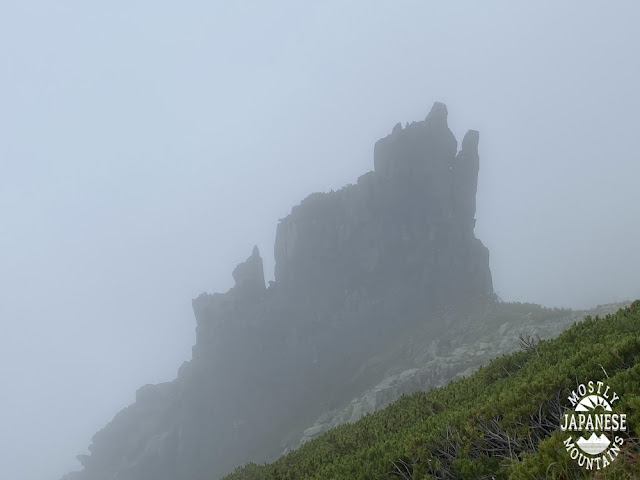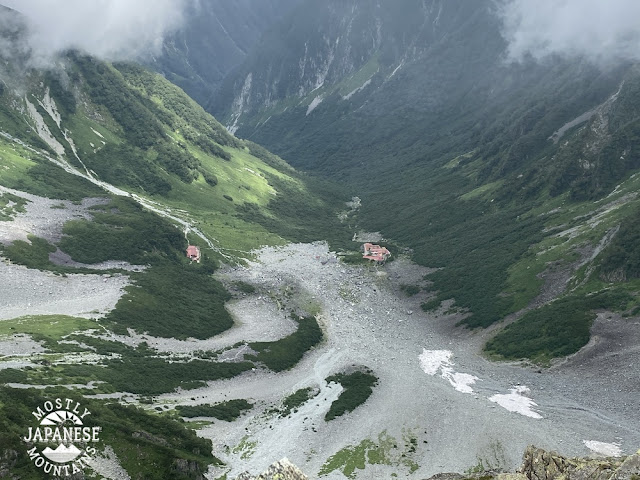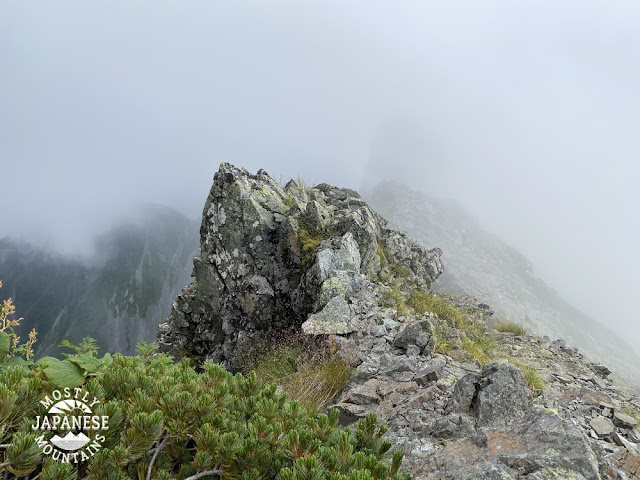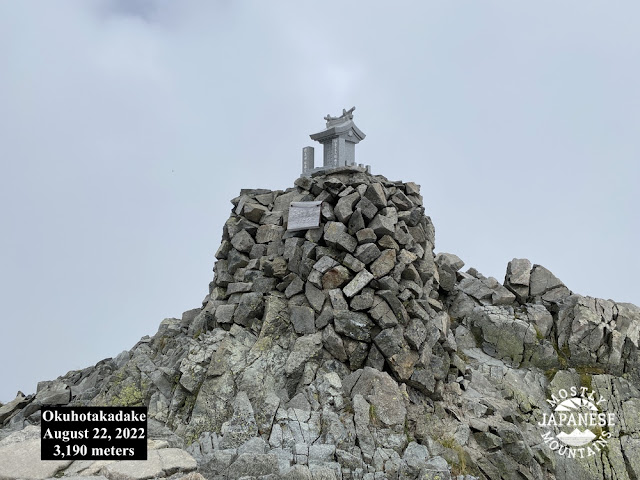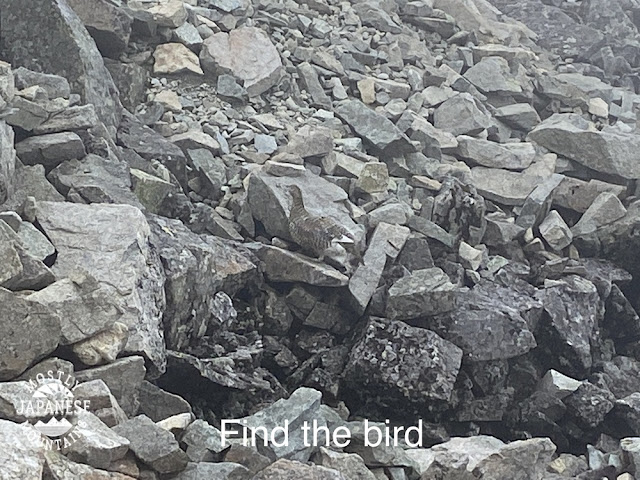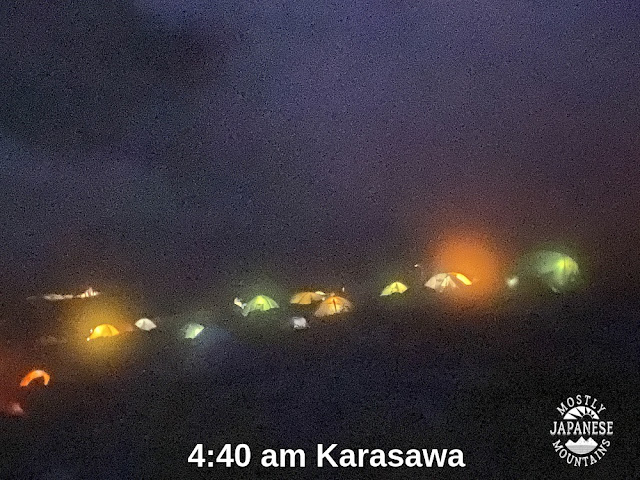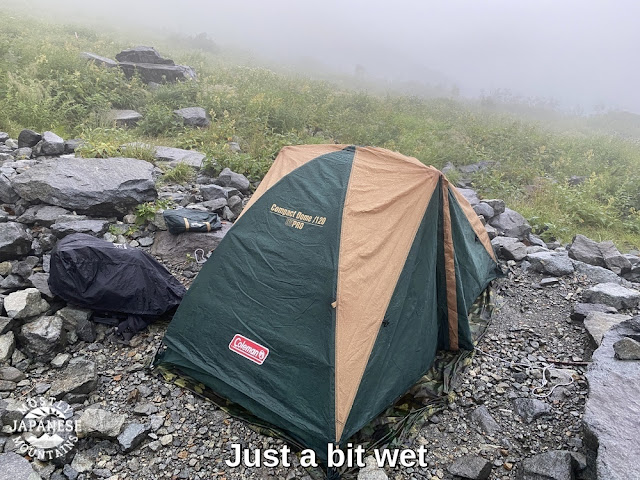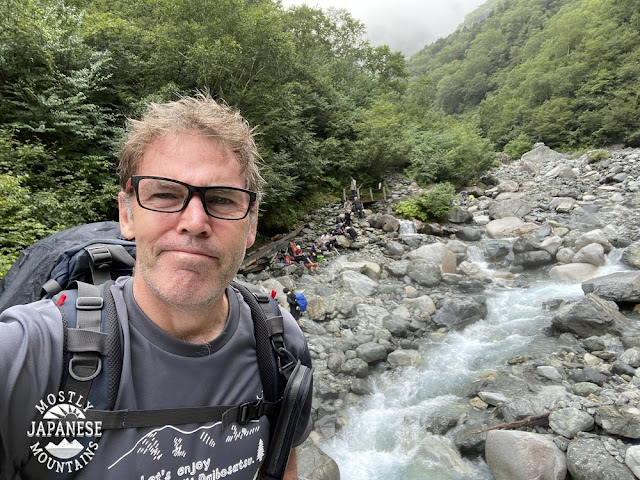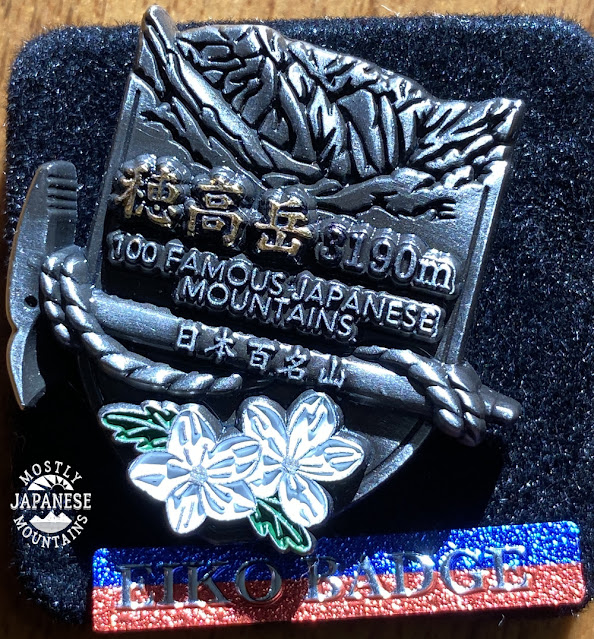Greetings cavedwellers.
Thanks for dropping by the cave. Pull up a rock to the fire. Get yourself a smore.
One million
I passed a milestone of sorts on this last trip. According to the smartphone app I use for hiking, I’ve climbed 306,010 meters in elevation. Meters doesn’t mean that much to me since I’m American. (I still think it’s cold when I hear the temperature outside is 25 degrees.) Translated into American, that distance could be expressed as 190 miles. That seems even less impressive.
Converting it to feet, however, now that is a horse of a different color. It’s almost like it's a unicorn to consider the elevation in feet. No, not even a unicorn. It's a multi-colored fire-breathing pegasus. On this past excursion, I passed the 1 million feet mark. (1,003, 969 feet and 9 inches to be a bit more precise.)
Maybe I should delete this app. It might be giving me O.C.D. with all these stats it tracks.
Anyway, here’s my report on what was a great hike.
Hat tip
h/t to David Lowe for inspiring this route. I was tossing a few ideas around my head for this overnight when I read this report he'd just posted.
https://ridgelineimages.com/hiking/kurodake/
I've spent a bit of time in this area recently and hiked Kurodake in March but wasn't rewarded with clear weather to see Fuji so his post was a welcome inspiration.
The hike
For this hike, I started on the north side of the mountains at the trailhead for Himine Shrine/Otochiyama Trailhead on Route 137. From there, I hiked up to Mt. Kurodake via the shrine and a few peaks and spent the night in my tent right by the overlook. On Day 2 I hiked along the ridge over the north shores of Lake Kawaguchi and Lake Sai (西湖 "Saiko" in Japanese) before descending to Lake Sai. From Kurodake until the end of the hike there are unparalleled views of Fuji.
Details
Getting there:
There are a few ways to get there from Tokyo. One way is to go by train to Isawa Onsen Station and take a bus toward Mt. Fujisan Station and get off at the trailhead. Another route is to get to Kawaguchiko Station either by bus or by train and then take the Kofu-bound bus to the Himine Jinja Mae Stop. For me, each time I’ve gone to the area, it’s turned out that the most economical and easiest way to get to this area is to take the highway bus to Kawaguchiko Station. That bus starts at Shinjuku but I can catch it on the way. This time it wasn't the cheapest or easiest way. An accident on the highway delayed my highway bus and therefore I could not catch my connecting bus. This would cost me about 2 hours if I were to wait for the next bus. Please don’t tell Mrs. Caveman. (This is a test to if she reads the blog.) I took a taxi to the trailhead and that taxi cost more than I'd budgeted for the whole trip. (I love you, Mrs. Caveman. You're the best.)
Staying:
I stayed in a tent about 10 meters from the observation point just below the top of Kurodake. I didn’t know it until a guy I met on the trail told me—but you’re not supposed to stay in a tent except in campgrounds. I’m not telling you that you should follow his advice and do the same thing that I did but his advice was to wait until no one was around before setting up the old homestead.
Huffing and Puffing:
From beginning to end, it was just over 23km (about 15 miles) with a rise of 2,400m and a drop of 2,138m. I spent about 11 hours hiking and about 2 or 3 more on the trail taking breaks. Getting up to Kurodake on Day 1 entails some climbing. Day 2 is a lot of walking on a ridgeline. There is still some up and down on that stretch, but most of it is not too extreme. The last 3~4km was the toughest of the whole trip, though. Just before Mt. Juni (十二ヶ岳), I started to encounter some pretty hairy boulders and a lot of ropes. The first boulder I came across was a challenge and I had to really think about how to get around it. From that point on until getting to the street seemed like it was just one more rope, chain or ladder after another. I was cursing the route by then but could take comfort in the thought that at least I wasn’t going up.
Looking for a wimpier (smarter?) route?
Going to Kurodake from the Tenkachaya (like the rest of the world does) or other shorter routes are possible. I met a woman on top of the mountain who started hiking at a parking lot by the 日向坂峠. She got to the top and back with only 3.2km walking. She's a local and knows the ins and outs.
Check out her Instagram. She specializes in taking pictures of Mt. Fuji. Her instagram is miko0201. She does have some amazing pictures.
Another idea is to walk up to (or even take a bus!) to the Fujiyama Terraces that the city of Fuefuki has built. Those viewpoints are spectacular.
https://www.fuefuki-kanko.jp/scontents/fujiyamatwinterrace/
Here's a play by play of the action
Starting out was pretty boring actually. It was paved for a while and the theme for the next couple hours was "up."






